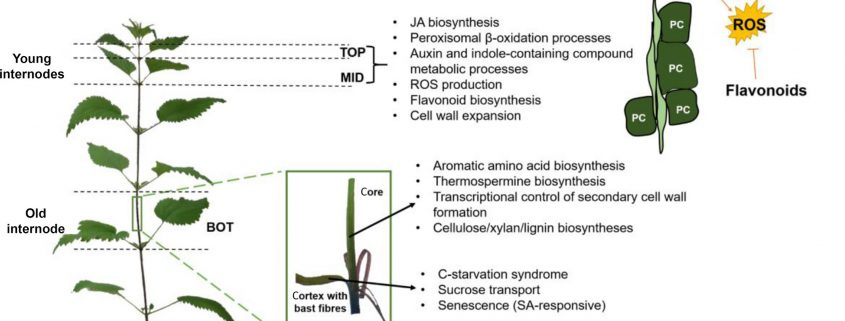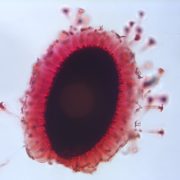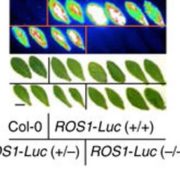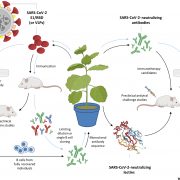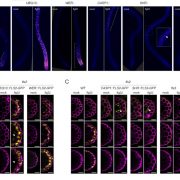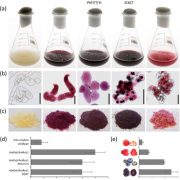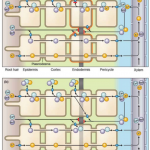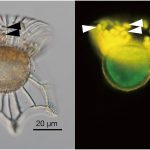Transcriptomic and cell wall analysis of stinging nettle, an underutilized fibre crop (Plant Direct)
Plant fibres from crops such as flax and hemp have diverse uses from rope to clothing, and are increasingly being incorporated into eco-friendly biocomposite materials. These long, flexible, useful fibres, called “bast” fibres, are not derived from the xylem, but instead are derived from specialized cells located interior to the epidermis. Stinging nettle (Urtica dioica L.) is a traditional fibre crop that also has potential medicinal applications. Here, Xu, Backes et al. describe the development and formation of bast fibres in nettle, through transcriptomic and cell wall composition analyses. The authors studied “clone-13”, which has been selected for high fibre yield. They found a high level of soluble pectin polysaccharides where the fibres are elongating, and more Ca2+‐pectate gels in mature parts of the stem. They also carried out an analysis for gene ontology terms enriched in stem segments with developing or mature fibres, identifying sets of genes involved in signaling, differentiation, metabolic and cell wall formation. These studies will support the continuing development of nettle as a fibre crop. (Summary by Mary Williams) Plant Direct 10.1002/pld3.151


